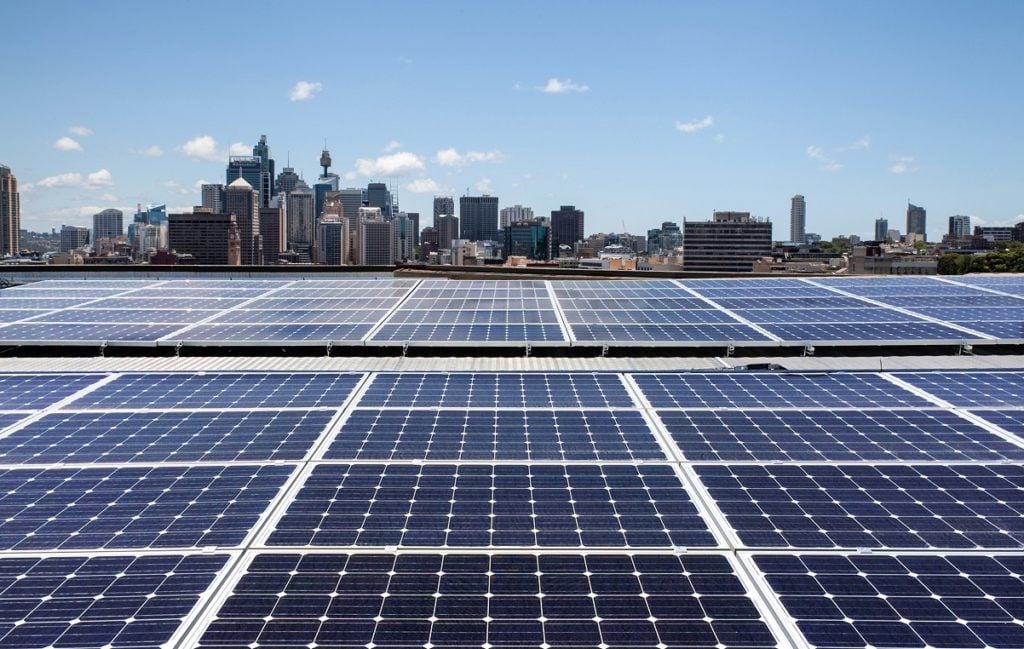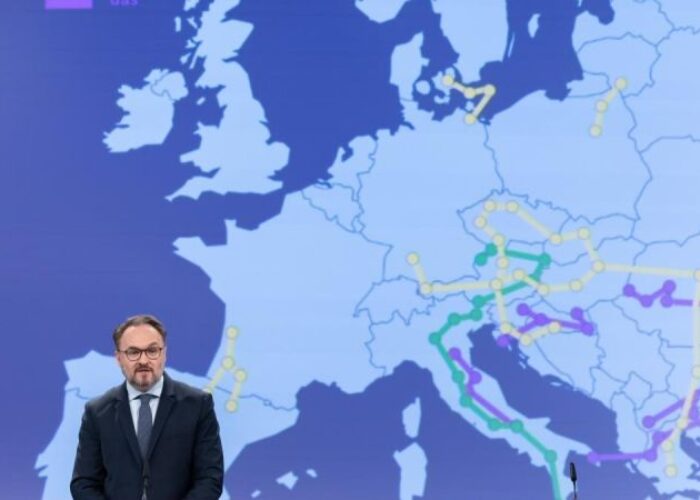
Australia’s new Labor government has raised the country’s 2030 emissions reduction target as it vowed to support the transition to renewables by investing in transmission infrastructure and energy storage.
The country has pledged to the United Nations that it will slash its greenhouse gas emissions by 43% below 2005 levels by 2030, putting it on track to achieve net zero by 2050. The previous government’s 2030 goal was to cut emissions by 26 – 28%.
Try Premium for just $1
- Full premium access for the first month at only $1
- Converts to an annual rate after 30 days unless cancelled
- Cancel anytime during the trial period
Premium Benefits
- Expert industry analysis and interviews
- Digital access to PV Tech Power journal
- Exclusive event discounts
Or get the full Premium subscription right away
Or continue reading this article for free
Prime Minister Anthony Albanese, who won office last month, said the new target “reflects my government’s resolve to urgently step up the pace of action, and work alongside global partners and particularly with our Pacific family, to tackle the climate crisis”.
The government’s policies include an AU$20 billion (US$13.9 billion) investment to upgrade the country’s grid so it can handle more renewable power, while Labor’s Powering Australia plan targets 26GW of installed renewables capacity by 2030, increasing overall renewable penetration to 82% in the National Electricity Market.
The new emissions reduction target has been welcomed by renewables association the Clean Energy Council, which said it gives the green light to renewables investors. “Today’s formal agreement provides clarity and a positive investment signal to accelerate the decarbonisation of Australia and take advantage of the enormous economic opportunity in play,” said Clean Energy Council chief executive Kane Thornton.
Despite the progress made on the previous goal, the new target is less ambitious than the US, which is aiming to cut greenhouse gas emissions 50 – 52% below 2005 levels by 2030, while the European Union is planning to reduce emissions by at least 55% by 2030, compared to 1990 levels.
The announcement comes after the Australian Energy Market Operator (AEMO) suspended the country’s wholesale power market after a collapse in generation rendered the spot market impossible to operate reliably.
AEMO revealed in an update today that since suspending the spot market it has been able to manage electricity supply more effectively to meet expected demand, but said it is too early to say when the market will resume normal operations.






